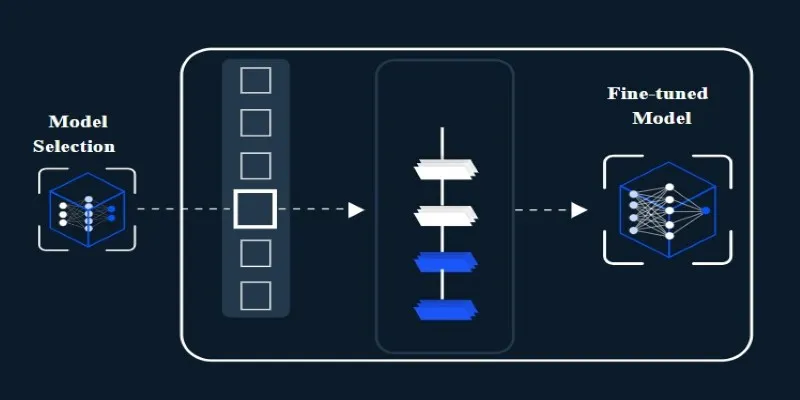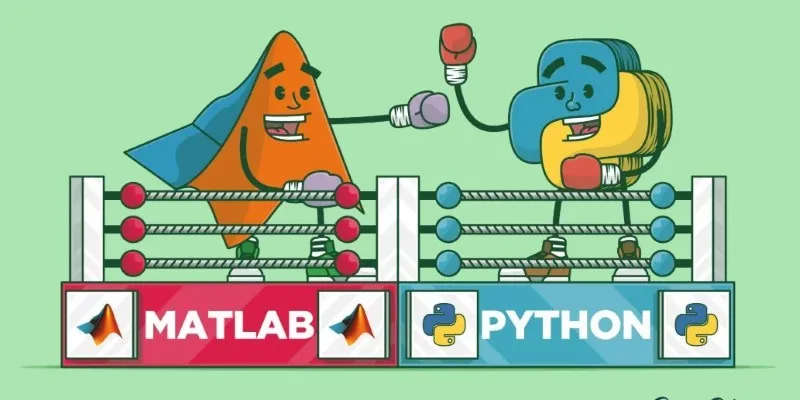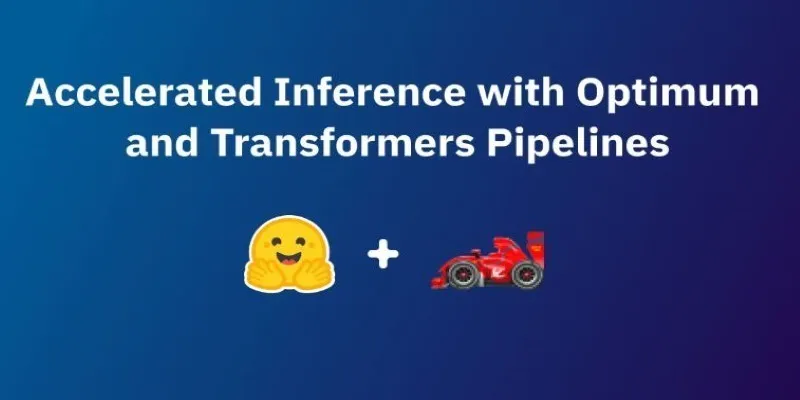Cerebras is making waves in the AI hardware industry by challenging Nvidia with its groundbreaking AI processing software. This article explores Cerebras’ most significant innovations, compares them to Nvidia’s technology, and examines the potential impacts on the AI industry. We’ll discuss how Cerebras aims to transform the competitive landscape of AI processing.
Overview of Cerebras AI Tools
Cerebras, a Silicon Valley startup, has created the world’s largest computer chip dedicated to AI processing. The Wafer Scale Engine (WSE), its flagship product, boasts 1.2 trillion transistors and measures 8 inches by 9 inches—more than 56 times larger than Nvidia’s biggest GPU. This allows Cerebras to deliver far more computational power in a single unit than conventional chips, making it ideal for compute-intensive AI applications.
Nvidia’s Dominance in AI and Hardware Market

Despite Cerebras’ remarkable achievements, Nvidia remains the leader in AI and hardware. The company has been at the forefront of AI innovation for years, with its GPUs extensively used in machine learning and deep learning applications. Nvidia’s GPUs have become so synonymous with AI processing that they’ve set industry standards.
Nvidia’s success can largely be attributed to its focus on creating specialized chips for specific computing tasks. Unlike standard CPUs, which handle various tasks like calculations and data processing, GPUs are designed for graphics rendering and parallel processing. This makes them naturally suited to managing large datasets, crucial for most AI applications.
Cerebras’ Innovative AI Tools
Cerebras Systems is a revolutionary player in the AI industry, offering solutions that challenge traditional GPU-based approaches. With proprietary technologies and a focus on efficiency, Cerebras is redefining AI chip design and large-scale model training.
Cerebras Inference
Cerebras’ high-speed AI inference service delivers unmatched performance, processing up to 1,800 tokens per second for models like Llama3.1 8B. This represents a significant leap beyond traditional GPU-based systems, enabling enterprises to achieve faster decision-making and real-time processing for critical AI applications. By reducing latency and delivering scalable performance, Cerebras inference empowers businesses to accelerate workflows and improve operational efficiency.
Cerebras-GPT
Cerebras-GPT is a groundbreaking family of compute-efficient large language models, with parameter sizes ranging from 111 million to 13 billion. These models provide a scalable and efficient solution for enterprises deploying AI at scale, while maintaining exceptional accuracy. The focus on energy efficiency and performance balance makes Cerebras-GPT ideal for applications across various industries, enabling organizations to train and deploy powerful AI models while optimizing costs.
Cerebras AI Model Studio
Cerebras AI Model Studio is a cloud-based platform designed to simplify the training and fine-tuning of large language models. By eliminating the complexities of distributed computing, the platform ensures deterministic performance, providing reliable and consistent results every time. With its intuitive interface, the Model Studio accelerates AI development workflows, allowing teams to focus on innovation rather than infrastructure challenges.
Wafer Scale Engine (WSE)
The Wafer Scale Engine (WSE) is Cerebras’ revolutionary chip architecture, now in its third generation with the WSE-3. Featuring up to 900,000 AI-optimized cores and 4 trillion transistors, the WSE offers unparalleled computational power. Its groundbreaking design transforms AI computation, enabling the training of large-scale models at unprecedented speeds. The WSE redefines AI hardware by addressing the limitations of traditional processing systems.
CS-Series Systems
The Cerebras CS-Series systems, including the CS-1, CS-2, and the advanced CS-3, set a new standard for high-performance AI computing. Powered by WSE chips, these systems are optimized for both training and inference of large AI models, delivering efficiency and speed that surpass traditional methods. They cater to a range of industries, from healthcare and finance to energy and engineering, by providing cutting-edge AI processing capabilities.
Condor Galaxy Supercomputers
The Condor Galaxy supercomputers, including CG-1 and CG-2, are Cerebras' flagship offerings in large-scale AI computation. These supercomputers deliver up to 4 exaFLOPs of performance and feature an interconnected network of 54 million AI-optimized cores. Designed for massive-scale model training and inference, the Condor Galaxy systems push the boundaries of speed, scalability, and efficiency, enabling organizations to tackle complex AI challenges.
Nvidia’s Stronghold in the Market
Nvidia continues to dominate the AI and high-performance computing market, largely due to its advanced GPUs and comprehensive software ecosystem, including CUDA and AI frameworks like TensorRT. Their products are deeply integrated into AI model training and inference pipelines, making Nvidia nearly synonymous with the industry. The company’s innovation, extensive developer community, and partnerships across tech sectors solidify its leadership position.
Competitors face significant challenges in attempting to penetrate this market. Nvidia’s established ecosystem acts as a high barrier to entry, as developers and enterprises rely heavily on its software and hardware compatibility. Furthermore, Nvidia’s continuous innovation and investment in new technologies—such as AI-accelerated GPUs and supercomputers—leave little room for rivals to differentiate. Competing firms must overcome the dual hurdle of technical capability and customer loyalty, both of which Nvidia has mastered over decades.
Market Implications

Cerebras’ wafer-scale engine could challenge Nvidia’s dominance in AI hardware by delivering exceptional computational efficiency for large-scale AI. If Cerebras continues improving its technology and attracting enterprises and research institutions, it could claim part of Nvidia’s market, particularly in high-performance AI training. This puts pressure on Nvidia to innovate or diversify to stay ahead.
At the same time, competitors like Cerebras create new opportunities in AI hardware. Nvidia could diversify by exploring niche AI applications or building software ecosystems for specialized use cases. By leveraging its resources and expertise, Nvidia can thrive despite growing competition.
Conclusion
Cerebras is challenging Nvidia’s dominance in AI hardware with groundbreaking innovations like the Wafer Scale Engine and high-speed AI inference tools. Offering unmatched computational power and scalability, Cerebras is transforming large-scale AI training and deployment. While Nvidia’s stronghold remains, Cerebras’ advancements signal growing competition and could redefine next-generation AI infrastructure.
 zfn9
zfn9






















